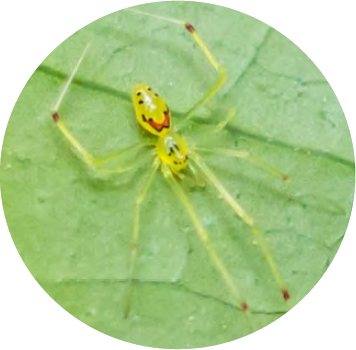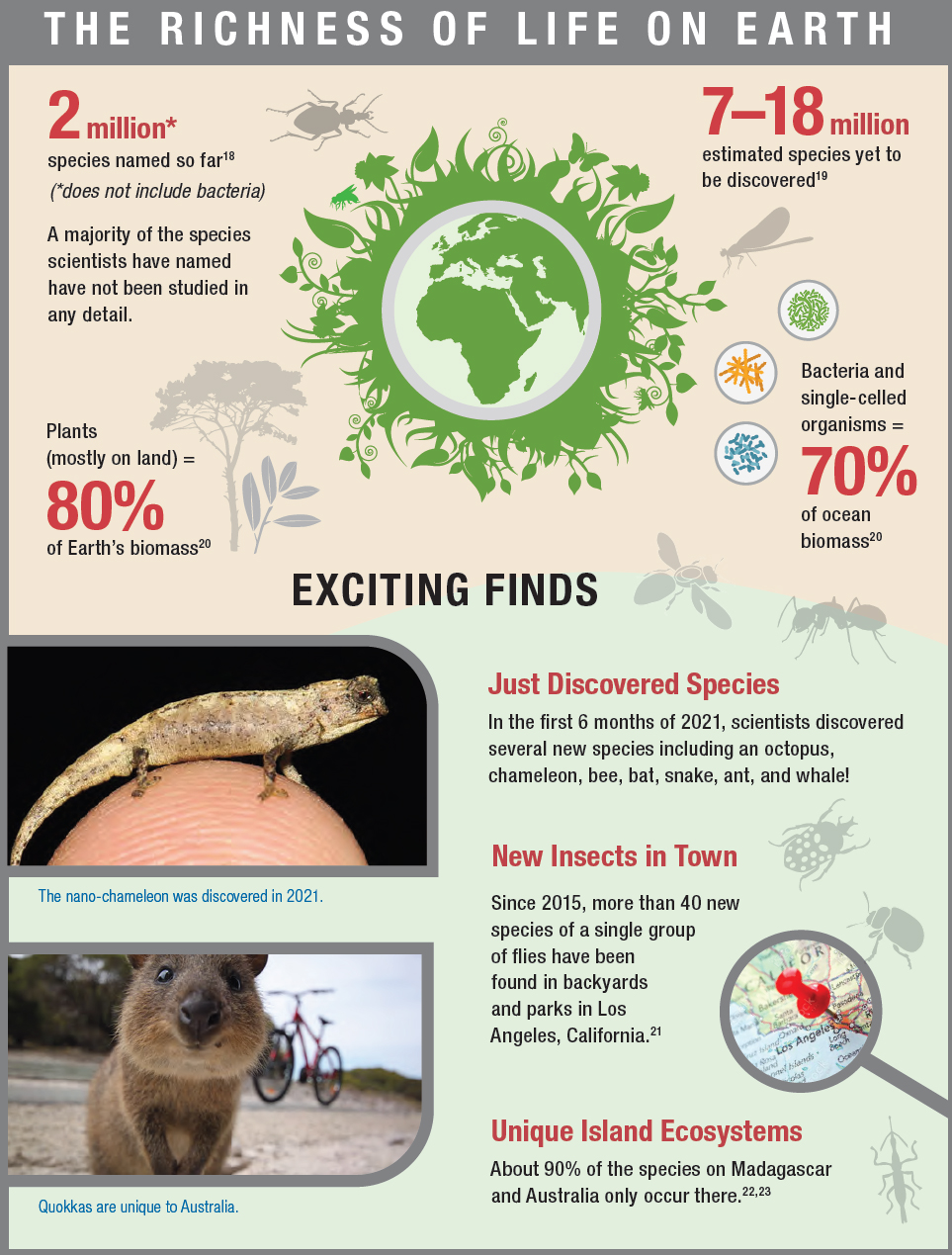 1 WHAT IS BIODIVERSITY?
1 WHAT IS BIODIVERSITY?
Biodiversity is the rich variety of living things that, woven together, support and sustain life on Earth.
Biodiversity has many dimensions. It encompasses genes, organisms, species, and their intricate interactions in ecosystems. It is all living things and the relationships among them, the thrumming hive of activity and connection that has been called the “fabric of life.”4
Biodiversity Is Change
Living things are in a constant state of change. For billions of years, even the largest of Earth’s organisms were no bigger than the period that marks the end of this sentence. Even so, they developed a dizzying array of strategies for survival, feasting on sunlight or chemicals—and expelling oxygen into the atmosphere that set the stage for all of us to be breathing right now—as they bobbed or swam through the ocean. The emergence of multicellular organisms fueled an explosion of life forms, eventually bringing forth plants, fungi, and animals that colonized the land and adapted to its every nook and cranny.5 Over many millions of years, Earth’s biodiversity has seen major waves of expansion and extinction,6 with countless species from skittering crustaceans to lumbering dinosaurs arising and disappearing. Today is no exception. All around you, life on Earth is evolving, adapting, and changing.
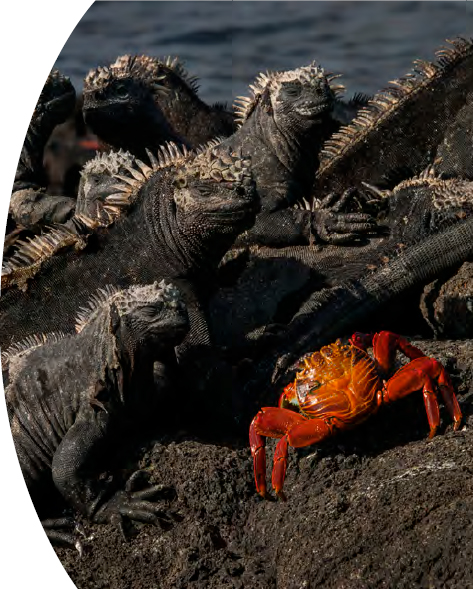
Biodiversity Is Everywhere
Biodiversity is in your backyard and on the far side of the world. Ecosystems—networks of organisms that function together with their physical environment—burst with life in every spot on Earth, from deep ocean trenches to soaring mountain peaks. In your own body dwell trillions of microbes that help you digest food and fend off disease-causing pathogens.7 Along shorelines, vast underwater meadows of seagrass offer shelter and nursery grounds for countless marine animals, including the dugong, or “sea cows,” that serenely graze upon them.8 In desert oases, rare and remote species quench their thirst9 underneath ancient rock paintings depicting the life that thrived there thousands of years ago.
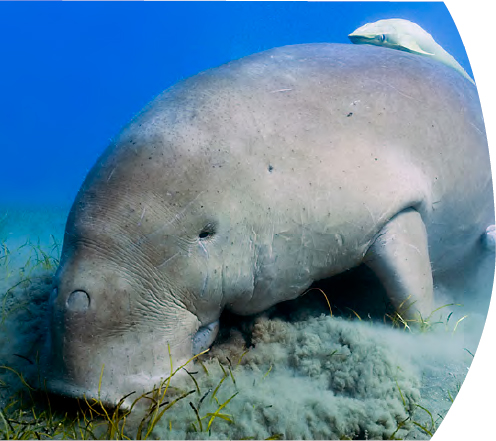
Biodiversity Is Connection
We often think of living things as individuals. In fact, biodiversity comprises not just the sum of existence of individual organisms and species but also the totality of actions and connections between organisms. Even seemingly disconnected individual organisms or types of species are inextricably linked to each other through food webs,10 competition, collaboration, and interactions with the physical environment. Trees share nutrients, carbon, and water with one another through intricate networks of underground fungi.11 At the same time, wolves can play a critical role in a forest’s very existence. Where populations of the gray wolf have declined precipitously due to human interference, a resulting surge in deer and elk populations has dramatically changed the composition of ecosystems and landscapes.12 The ability for hardwood trees to reach maturity is reduced by 100 times in these heavily grazed areas.13 The shrinking of hardwood forests in turn has ripple effects throughout the ecosystem and may even result in alteration of the landscape itself by changing the flow and shape of streams—changes that could be reversed when wolf populations are allowed to rebound and keep the deer and elk populations in check.
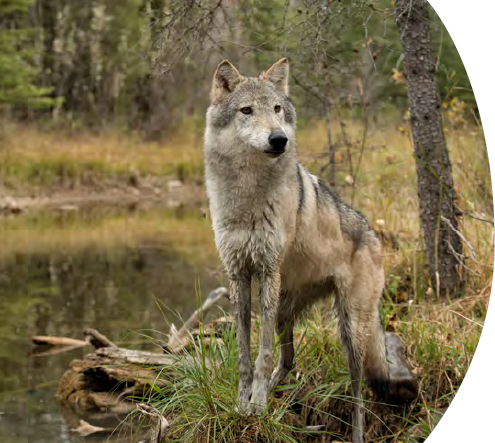
Biodiversity Includes Us
Humans and cultural diversity are integral to Earth’s biodiversity. The range of lifestyles we enjoy today reflects our species’ long history of migration, adaptation, and interaction with our surroundings. Humanity’s connection to the rest of nature is pervasive in our traditions. Many Indigenous people emphasize the intrinsic value of all life; some have devised rituals and taboos that preserve natural sites and the biodiversity they contain. U’wa communities in Colombia, for example, follow strict rules, including taking only fallen fruit, never cutting some trees, hunting certain animals at precise times of the year, and allowing only shamans to enter sacred areas.14 In addition, major world religions hold tenets that humanity is not separate from nature, and therefore must protect it. Many Christian denominations emphasize the stewardship of creation. For example, Pope Francis wrote in 2015, “Because of us, thousands of species will no longer give glory to God by their very existence, nor convey their message to us. We have no such right.”15 Islamic teachings describe nature as God’s creation and the responsible use of nature’s bounty as an expression of devotion to God. Hindu and Buddhist traditions encourage practitioners to cultivate a spiritual relationship with nature.16
